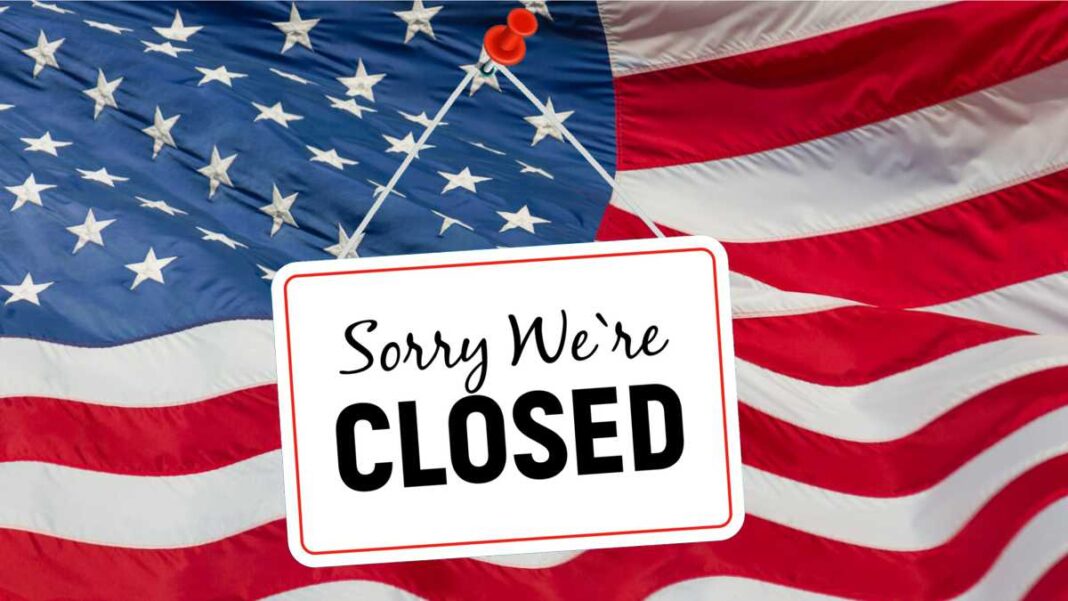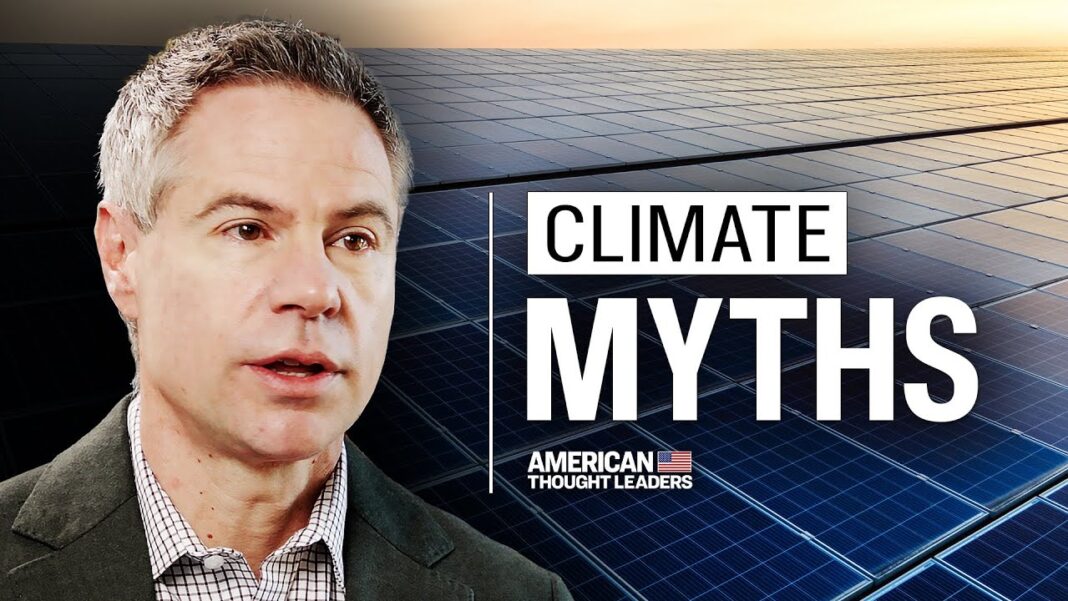Shutdowns have a high financial cost but are politically more acceptable now, experts say.
The Senate passed a temporary funding measure on Nov. 10 that will end the longest-ever government shutdown if approved by the House.
The stalemate between Republicans and Democrats broke on Nov. 9 when eight Senate Democrats sided with Republicans to bring the agreement, forged after weeks of negotiations among a bipartisan group of senators, to a vote.
Now, after six weeks of limited government services, delayed or cancelled flights, and a delay in the distribution of supplemental nutrition assistance, the shutdown of 2025 seems nearly at an end.
Here are four takeaways from this long national experience.
1. Shutdowns Are Expensive
The shutdown delayed about $54 billion in federal spending over the last six weeks, meaning that money was kept out of the U.S. economy, according to a Congressional Budget Office estimate.
Aside from that, an unknown amount of money was not spent on airplane tickets due to flight cancellations. And the late distribution of supplemental nutrition assistance in November means some perishable goods were not purchased as expected.
Withheld pay for federal employees will be distributed promptly when the shutdown ends, but there’s a cost for doing that, too.
Although much of the lost economic output will be replaced after the money starts flowing, between $7 billion and $14 billion in gross domestic product will be permanently lost, according to the Congressional Budget Office.
“You will re-establish your upward trajectory of economic growth, but you will never catch up,” Robert Kravchuk, professor emeritus of public administration at Indiana University, told The Epoch Times.
The loss is difficult to quantify, Kravchuk said, because it’s impossible to know how much the missed opportunities cost in terms of future growth. But the cost is significant. “Every one of these shutdowns hurts,” he said.
2. Shutdowns Have Political Costs
“Democrats lost the public policy aspect of the shutdown, even though they won the rhetorical debate,” David Schultz, professor of political science and legal studies at Hamline University, told The Epoch Times.
Democrats pitched the shutdown as a battle to ensure affordable health care for lower-income and working-class Americans. In particular, they sought to extend the enhanced premium tax credits for Obamacare, which are set to expire at the end of December. The expiration is expected to increase the price of next year’s health insurance premiums for many Americans.
Democrats also aimed to repeal many of the cuts to Medicaid spending that were included in the One Big Beautiful Bill Act.
Most public opinion polls showed that Democrats enjoyed a slight edge regarding the shutdown, Aaron Dusso, chair of the political science department at Indiana University Indianapolis, told The Epoch Times.
The party also did well in the Nov. 4 elections, winning major races in New York City, New Jersey, and Virginia.
Yet the party gained little in terms of policy change when agreeing to end the shutdown. Senate Republicans agreed to hold a vote on extending the enhanced Marketplace subsidies but made no guarantee of passage.
Republicans also agreed to add a provision ensuring that federal employees who were laid off during the shutdown would be rehired. That simply returns the federal workforce to the state that existed before the shutdown began.
Some Democrats were frustrated by the outcome.
“This was a very, very bad vote,” Sen. Bernie Sanders (I-Vt.) said on Nov. 9. “The American people want us to stand up to Trumpism … that is not what happened.”
Rep. Ro Khanna (D-Calif.) went further, holding his party’s leaders responsible for the result.
“If you can’t lead the fight to stop healthcare premiums from skyrocketing for Americans, what will you fight for?” Khanna wrote on social media on Nov. 9.
Dusso said the result was a capitulation by Democrats, not a compromise.
“And what makes it worse is that they were winning the politics of it,” he said.








